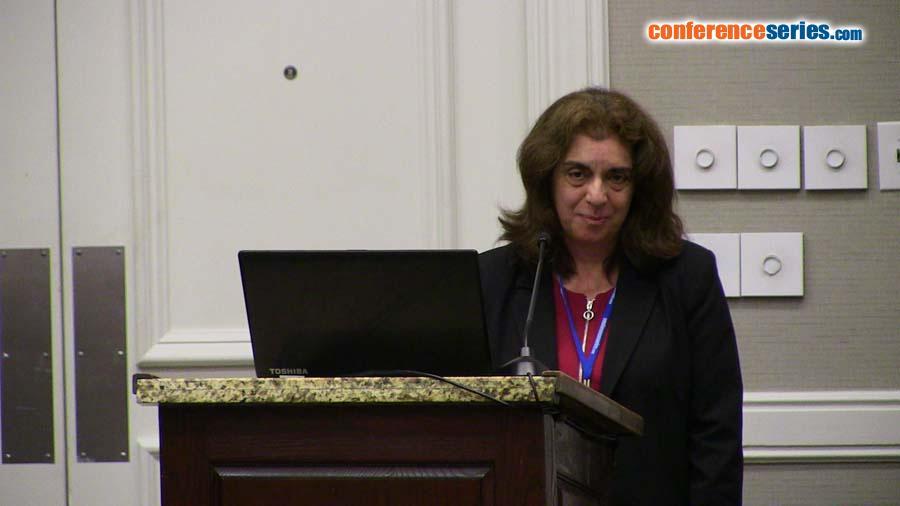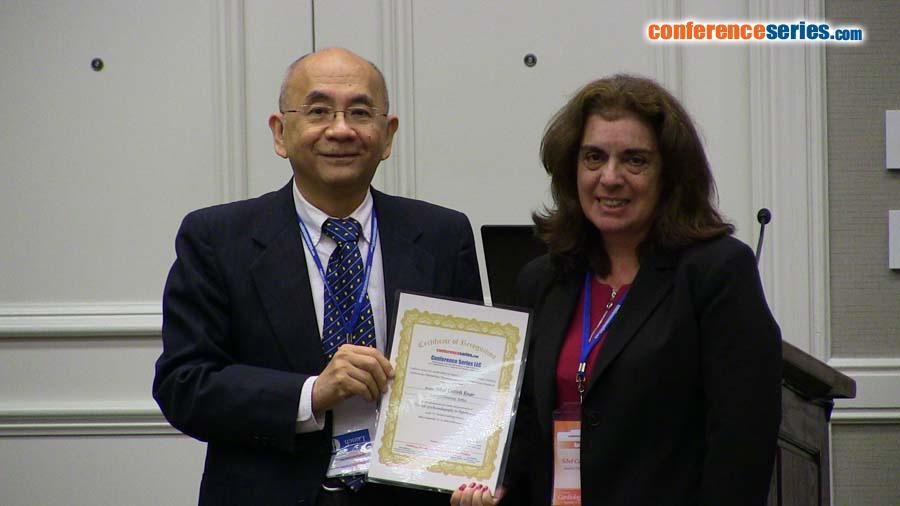
Biography
Biography: Sibel Catirli Enar
Abstract
Systemic hypertension causes hypertensive heart disease.Chronic systemic pressure loading results in left ventricular hypertrophy in order to maintain normal wall stress.In earlier stages of hypertension systolic function is preserved.But in later stages or with concomittant coronary artery disease,systolic function is also impaired. The echocardiographic findings related with hypertension are as follows:Left ventricular hypertrophy(LVH),leftatrial(LA)dilatation,diastolic dysfunction,systolic dysfunction,mitral anular calcification,aortic sclerosis,aortic root dilatation. LVH is symmetrical in hypertension. ASE/EAE guidelines and cut off limits for LVH: LV septal wall thickness>0.9 cm for women and >1.0 cm for men.Mild LVH:LV septal thickness 1.-1.2 cm/1.1-1.3cm.Moderate LVH:1.3-1.5/1.4-1.5cm.Severe LVH:>1.6/>1.7 cm.Left ventricular hypertrophy causes different changes in longutidunal,radial and circumferential mechanics in patients with hypertensive patients.Longitudinal strain is significantly decreased,while radial strain is increased. Left atrial dilatation is commonly seen in hypertensive patients. Left atrial dilation is related to diastolic dysfunction. Left atrial size is also a predictor of paroxysismal atrial fibrillation in hypertensive patients. Recent studies have shown that measurement of left atrial strain with speckle tracking may be useful in determining left atrial function in hypertensive patients.According to the studies,it has been shown that LA strain values are lower in hypertensive patients when compared to normals, irrespective to the presence of LA enlargement or LVH.Decrease in SR values are present in all three phases of LA function. Reason for LA dysfunction in hypertensive patients is explained by the chronic pressure exposure of the LA,LA pressure rise and reduction of reservoir and conduit functions. In the earliest stages of the disease,systolic function is preserved unless coronary artery disease accompanies.Small,hypertrophic left ventricule is typical for this form of the disease. However, recent studies using 2D speckle tracking strain demonstrate that impaired myocardial systolic deformation occurs in hypertensive patients.Therefore,systolic left ventricular longitudinal strain decreases in the early stages of left ventricular remodelling. Mitral anular calcification is frequently seen in chronic hypertensive patients.It is the reason for mild or moderate mitral regurgitation in these patients. Measures of right ventricular deformation are reduced in patients with LVH secondary to hypertension.So,LVH may cause early sub clinical RV dysfunctionaswell. According to the most recent guidelines,it is stated that initiation or monitoring the response to antihypertensive response is based on clinical parameters. However,periodic evaluation of cardiac function and morphology by echocardiography are necessary because of the progressive charasterstics of hypertensive cardiomyopathy.



